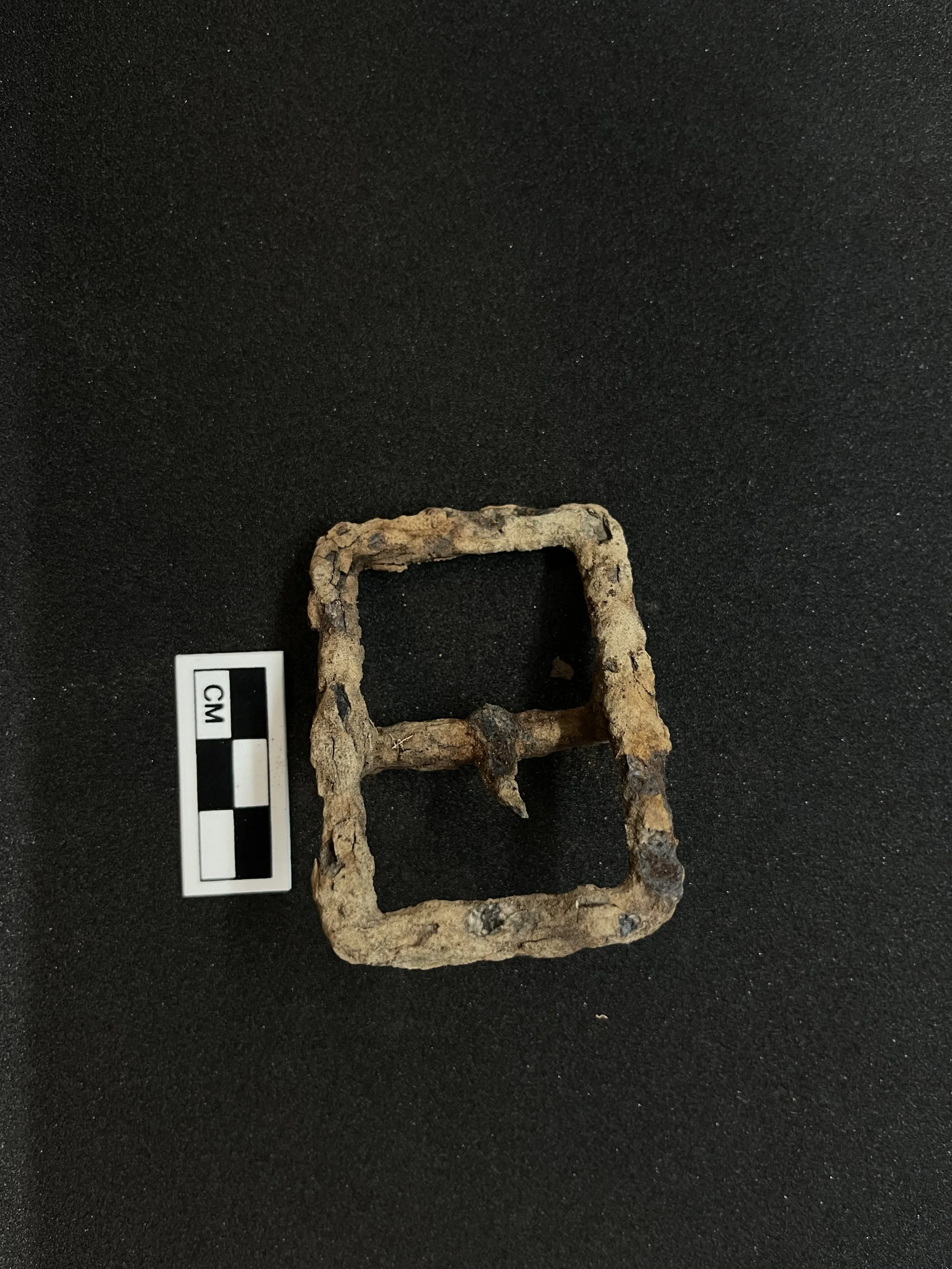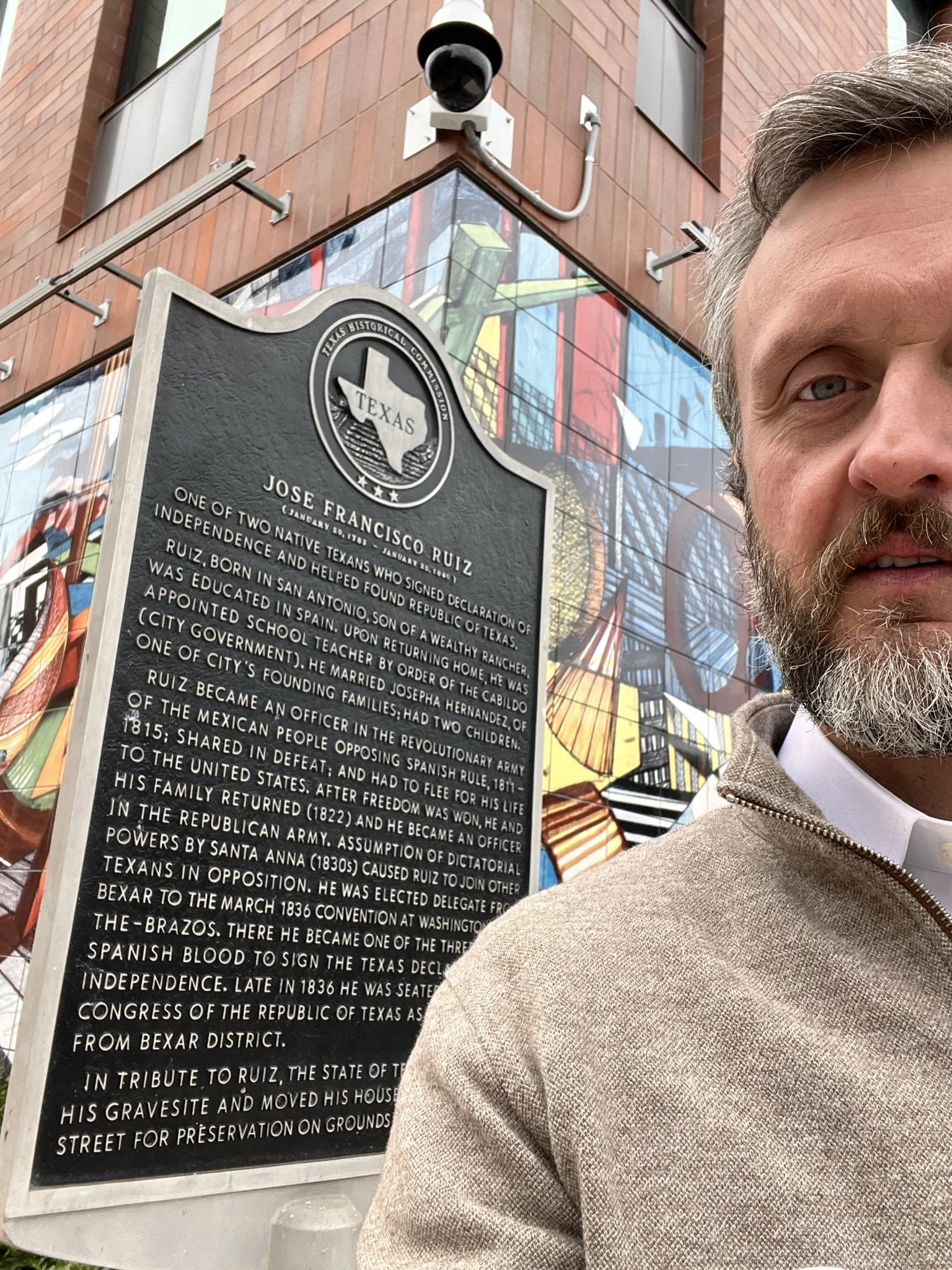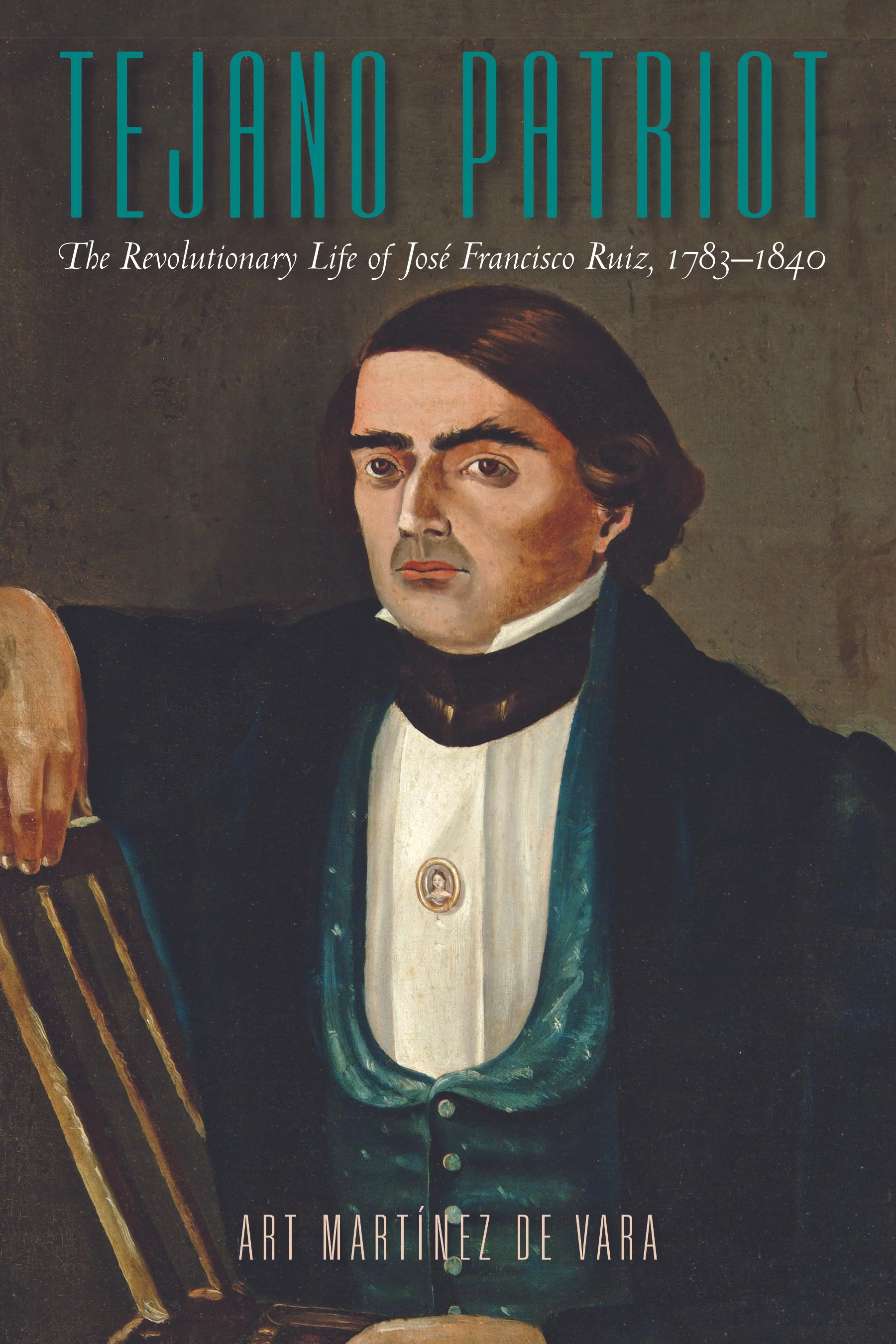We found another site. But so did someone else. And there’s now rumors of a fourth site? What in the name of Miguel Menchaca’s ghost is going on?
Lipan Apocalypse
My latest and possibly final podcast season.
6.06 - The Conscience of a Republic
José Francisco Ruíz's reputation and personal relationships went a long way toward preserving Tejanos' status in the newly independent Republic of Texas. They weren't enough, however, to ensure true equality. That was a fight that his nephew, his great-great-grandson, and many other Tejanos would have to carry on.
6.05 - The Die is Cast
For the fourth time in his life, José Francisco Ruíz had to decide where his loyalties lie: to his flag or to his ideology. In 1835, however, there would be no hesitation.
6.04 - Immigrants and Indians
1820's East Texas was a melting pot of native Texans, old time Tejanos, Indian immigrants pushed out of the United States, and newcomer Anglos. For all their distaste of José Francisco Ruíz's revolutionary past, the old Mexican officer corps had no choice but to turn to him once again to manage the chaos.
6.03 - The Impossible Peace
If there was anything more improbable in Texas history than the Lipan-Comanche alliance orchestrated by José Francisco Ruíz in 1816, it was the peace brokered WITH the Lipanes and Comanches on behalf of the newly-independent Mexican empire in 1822.
6.02 - Comancheros in Exile
From his exile in Louisiana, Ruíz orchestrated a proxy war by his Lipan and especially Comanche allies against Spanish royalists' fragile hold on Texas. It would bring Spain to the brink of abandoning Texas. Eventually royalists would have no choice but to ask Ruíz to bring peace to the frontier that he had incited to total war.
6.01 - Blood in the Sand
The Battle of Medina left José Francisco Ruíz the highest-ranking Tejano revolutionary in the state...and its most wanted man.
6.00 - The Man for Texas
José Francisco Ruíz lived through the most turbulent years of Texas history. What was it about Ruíz that always seemed to place him at the center of the action?
My First Audiobook and Season 6
Ever since I read Art Martinez de Vara's "Tejano Patriot: The Revolutionary Life of José Francisco Ruíz," I've wanted to do a podcast about it. Here it is!
5.11 - When Texanity fails. And when it doesn't.
Winter Storm Uri. Texas's unique legal system. And Juneteenth. All together in one episode.
5.10 - The Texas Love Triangle
Southwest Airlines was born of a uniquely Texan model of regulation and a uniquely Texan appreciation for the challenges of distance. In the end, the upstart airline democratized the skies and paved the way for broader regulatory reforms across other industries...with mixed results.
5.09 - The Integrated Circuit
Jack Kilby's integrated circuit at Texas Instruments set off the "Second Industrial Revolution." And yet, does the integrated circuit serve as an example of land-obsessed Texans' failure to appreciate the potential of the twentieth century's greatest invention?
5.08 - Making Texas Cool
Texans lead the way in applying the science of refrigeration to human comfort. Most Texans' first experience with air conditioning was in movie theaters, and the movie industry repaid their patronage with an entire genre of films (the "Western") that helped make Texas "cool" in a way that it never had been before.
5.07 - Spindletop
Oil rapidly transformed the Texas economy from stubbornly agrarian and colonial into a first-world industrial power. For the first time in Texas history, Texans began to accumulate capital and were set on a countercyclical trajectory from the rest of the U.S. economy in a way that would only reinforce Texans' contrarian impulses.
5.06 - The Iron Horse
Railroads made Texans wealthier than they had ever been. And Texans hated them for it! Texans very conflicted feelings toward the "Iron Horse" exposed an irreconcilable tension between their frontier regulatory model and their unshakable conviction that land was the only real basis for wealth.
5.05 - Comanche Superfood
Gail Borden may owe the inspiration for his most successful invention to a form of Comanche "superfood," developed with a uniquely Texan appreciation for energy density.
5.04 - "Peacemaker"
Did the Colt Revolver blaze the trail for Anglo immigration across the Texas plains? Or did the power imbalance it created violently accelerate a demographic inevitability?
5.03 - The Republic of Cotton
Cotton is a legacy that Texans have become increasingly uncomfortable with in recent decades, favoring the image of the cowboy and cattle drives. But the economic impact and social legacy of cotton cannot be underestimated.
5.02 - The Font of Texas Government
When Don Juan de Oñate crossed the Rio Grande on May 4, 1598 at a spot which he called “El Paso del Rio del Norte”, he brought with him the Spanish model of self-government centered on a locally-managed flood irrigation system that still serves today as the philosophical underpinning of the Texas "frontier regulatory model."



















